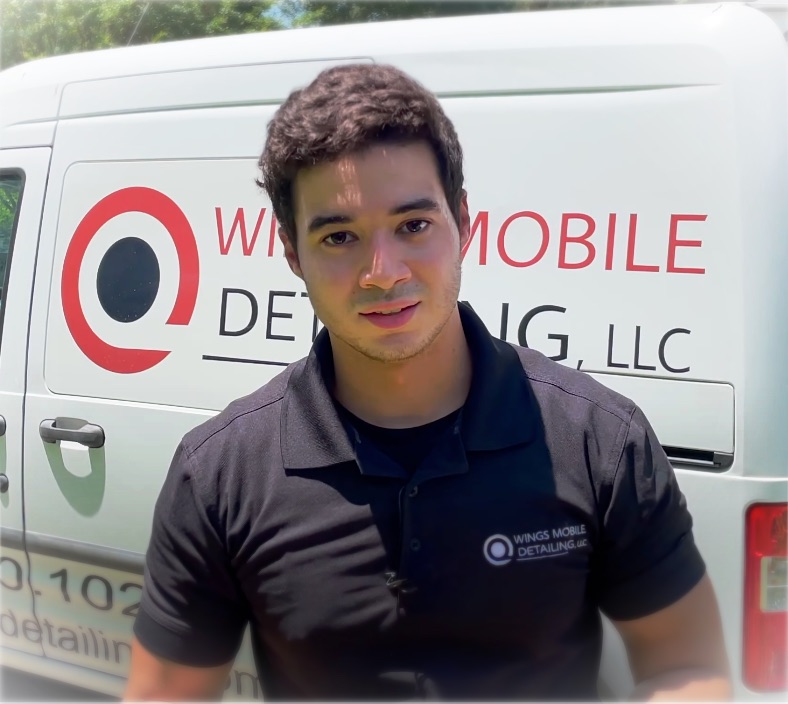Clay Bar Paint Decontamination Explained
- Wings Mobile Detailing

- May 23, 2022
- 3 min read
Does car paint get “contaminated”? If so, with what? What do we really mean when we talk about “paint decontamination” on our vehicles? And how is it done? These questions and more I will attempt to answer in today’s blog.
In reality, paint decontamination for your car is no different in principle than keeping your own skin clean and clear. As you go through each day, your skin gets a buildup of “contaminants” including dead skin, dry skin, dirt, grease, and so on. When you wash your face, exfoliate, apply cleansers and so on, you’re really just decontaminating your skin. Your car’s surface gets equally gunked up with this, that and the other, and so “paint decon” as it’s sometimes called is the process of restoring it back to a clean and clear state.
Using a Clay Bar
Most people are pretty happy with how their car looks after a typical car wash. The visible dirt, brake dust and other nasty things have been removed, and the car looks more than presentable. For a detailer, however, the process isn’t done. Detailers know that there is more dirt firmly embedded in the tiny cracks, denty and nooks created in your clear coat --- like pores of the skin --- that conventional cleaning doesn’t catch. This is where the clay bar comes in.

A detailing clay bar is a tool that can be used on cars after washing to pick up all the most stubbornly embedded bits of dirt from the surface, leaving you with a more genuinely clean and decontaminated vehicle. Lubric
ant is applied to the surface and the clay bar rubbed over the surface, where it uses its adhesive surface to yank out the impurities from their place. Feel your paint before and after using a clay bar, and you’ll know what “real smooth” means for your car!
Clay Bar Decon - Frequency
Just as you don’t use your strongest facial cleaners every single day, the clay bar is not designed for daily or even very frequent use. Therefore, the best policy is to use the clay bar right before you plan to apply wax or sealant. When you use the clay bar, you’re also removing any trace of waxes that are on the surface, so waxing again right after is a good idea.
Furthermore, to get a really good bond between your wax/sealant and your car’s surface, it has to be as clean as possible. Removing the embedded dirt helps to create a stronger and better bond. If you don’t want to use the clay bar every time you wax, you don’t have to. Using the bar about once a year is good enough for most people.
It’s also a good idea to detail, clay, and then wax a new car that you’ve bought from the dealership. Even if it looks clean and the dealership claims it was waxed, you don’t know for sure what kind of protection is there or how long it will last. Detailing the car and using the clay bar will remove any of the previous wax, allowing you to then apply a fresh coat of a wax or sealant you know.
Other Types of Paint Decon
Any act of washing your car is performing paint decontamination to some extent, but if you want to go the whole nine yards, then you use tools like the clay bar, or the following products or techniques:
Degreaser - Breaks down the heavier buildups of grime that come from the roads and other traffic. It builds up slowly over time, but can grow beyond the reach of typical cleaning products.

IronX - Spray onto the car and it breaks down iron contamination so it can be removed. Be aware that this process, while effective, really smells bad so only do it in well-ventilated area.
Book a detailing appointment today with our team at: www.WingsMobileDetailing.com





















This content is amazing!